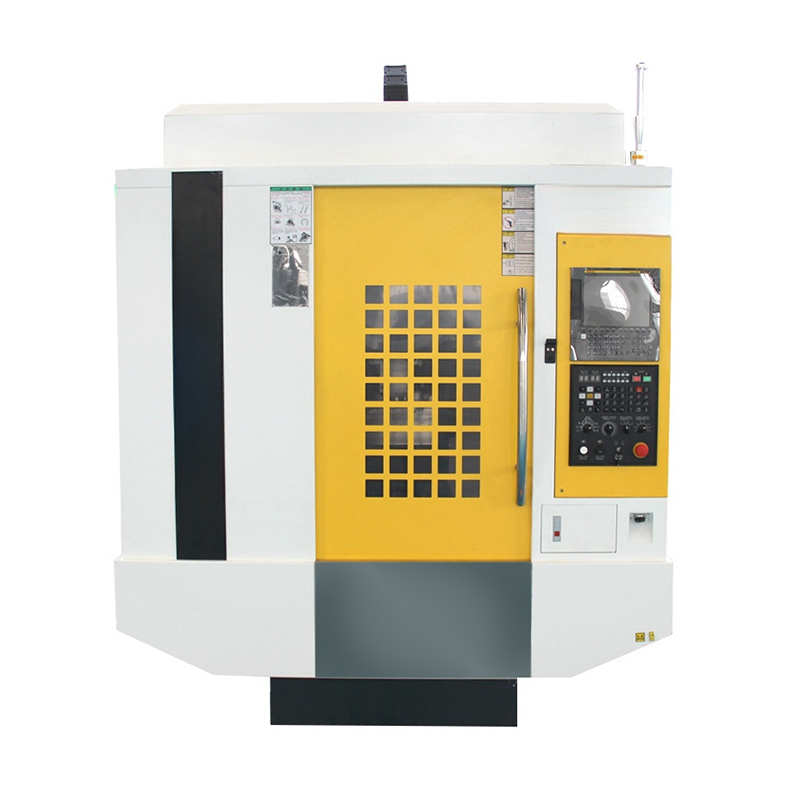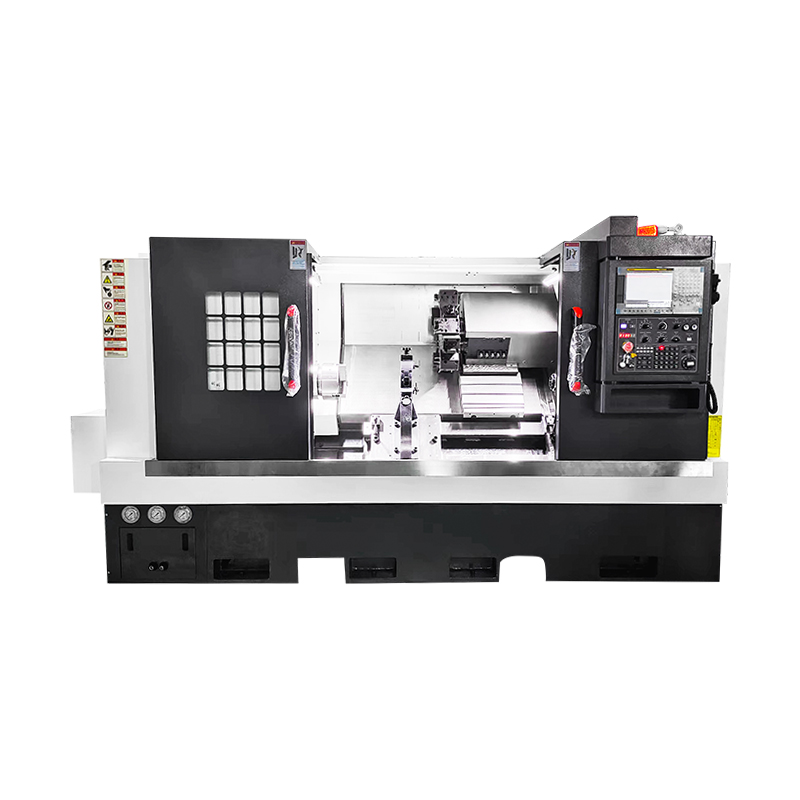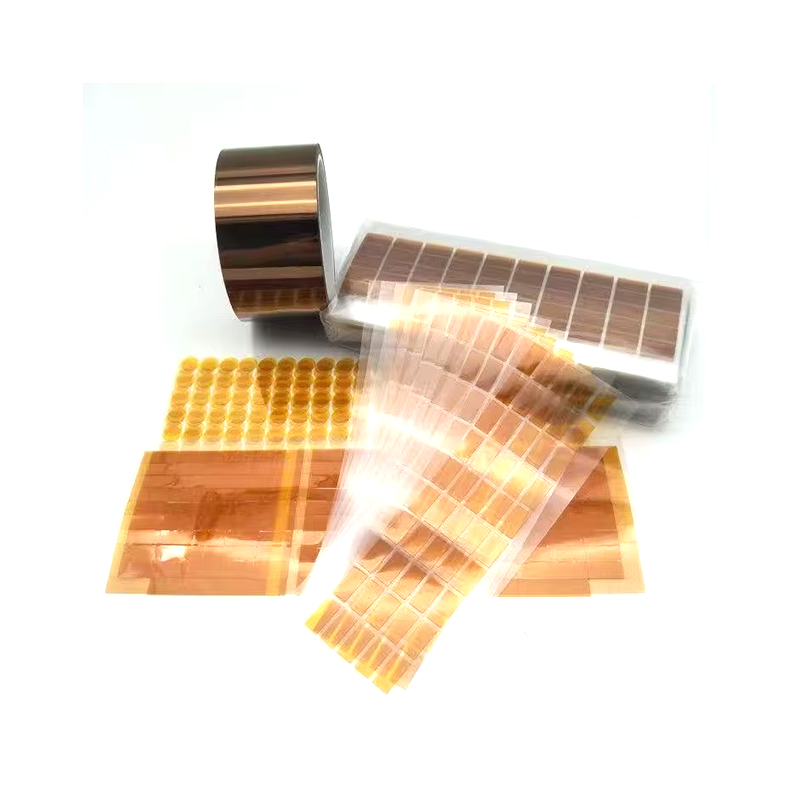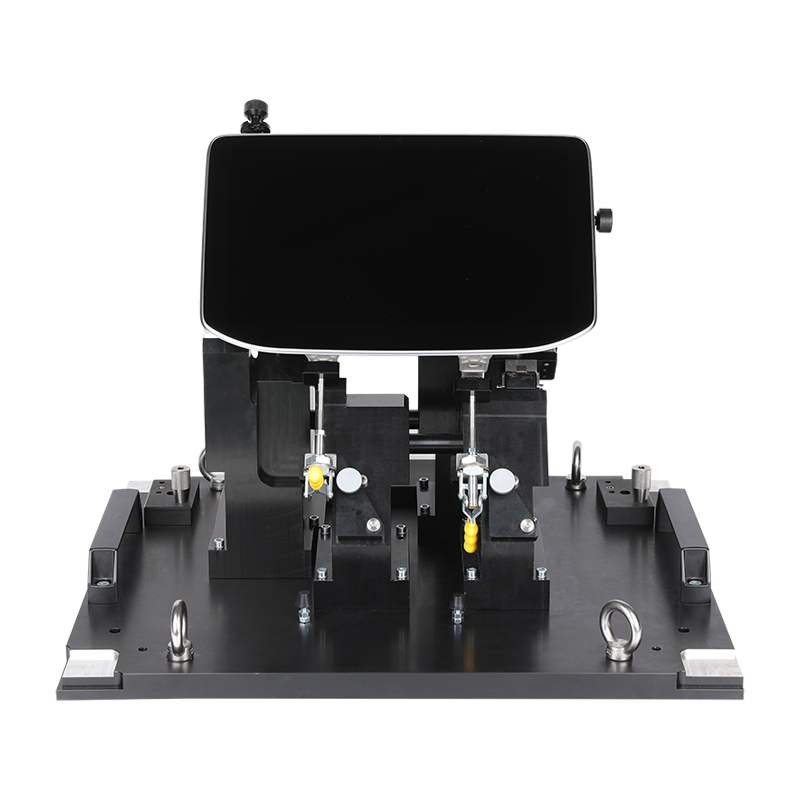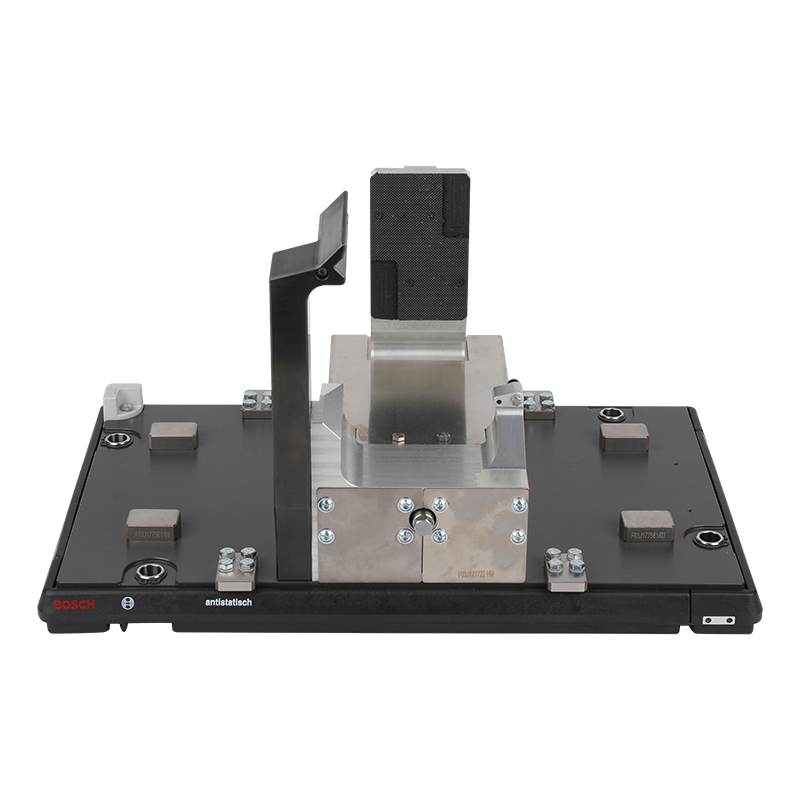In today's highly industrialized society, metal processing technology has become an important force in promoting the development of the manufacturing industry. Among them, sheet metal fabrication (Sheet Metal Fabrication) is a process widely used in many fields such as automobiles, aerospace, and manufacturing, and its importance is self-evident.
Sheet metal fabrication is a process of cutting, bending, and forming metal sheets to produce metal parts that meet specific requirements. These metal sheets are usually rolled from metal billets and have a smooth surface and a length and width that are much greater than the thickness. In the discipline of mechanical engineering, sheet metal processing is an important branch of raw materials and billets for forging, and its professionalism and technicality are self-evident.
The core of sheet metal processing lies in precision and efficiency. With the popularity of computer-aided design (CAD) software such as SolidWorks, designers can design metal parts with unprecedented precision and efficiency. CAD software such as SolidWorks provides tools and functions specifically for sheet metal processing, such as creating dedicated workspaces for sheet metal parts, defining material properties (such as thickness, bend radius, K factor, etc.), designing bend relief features, creating basic flange features, and adding bends. These features ensure seamless integration from design to manufacturing, greatly improving the accuracy and efficiency of processing.
In the process of sheet metal processing, the selection of materials is crucial. Different metal materials have different physical and chemical properties, such as strength, hardness, corrosion resistance, ductility, etc. These properties directly affect the parameter settings during the processing and the performance of the final product. Therefore, before sheet metal processing, it is necessary to select the appropriate metal material according to the specific needs of the product and accurately input its various parameters to ensure the smooth progress of the processing process and the quality of the final product.
Another major advantage of sheet metal processing is its flexibility and diversity. Through advanced processing technologies such as laser cutting, CNC machining, stamping, welding, etc., metal parts with various shapes and complex structures can be produced. These parts not only have high precision and repeatability, but also meet various specific functional requirements. For example, in the automotive industry, sheet metal processing is widely used in the manufacture of key components such as body structures, engine components, chassis systems, etc., and its quality and performance are directly related to the safety, comfort and fuel economy of the car.
Sheet metal processing is also highly customizable. With the continuous changes in market demand and the growing demand for personalization, sheet metal processing companies are able to provide one-stop services from design to manufacturing to meet customers' personalized customization needs for products. This flexibility not only enhances the company's market competitiveness, but also provides consumers with more diverse choices.
Sheet metal processing also faces some challenges. For example, with the improvement of environmental awareness, how to reduce energy consumption and emissions during processing and achieve green manufacturing has become the focus of industry attention. At the same time, with the intensification of market competition, how to reduce costs and improve production efficiency while ensuring product quality is also a problem that sheet metal processing companies need to explore continuously.

 English
English русский
русский